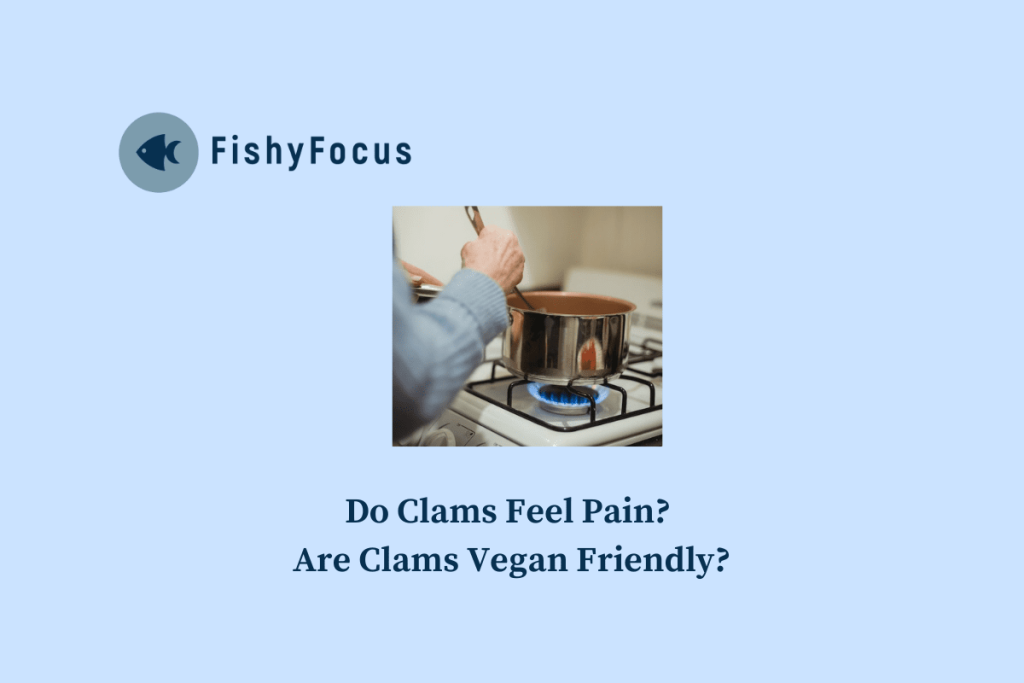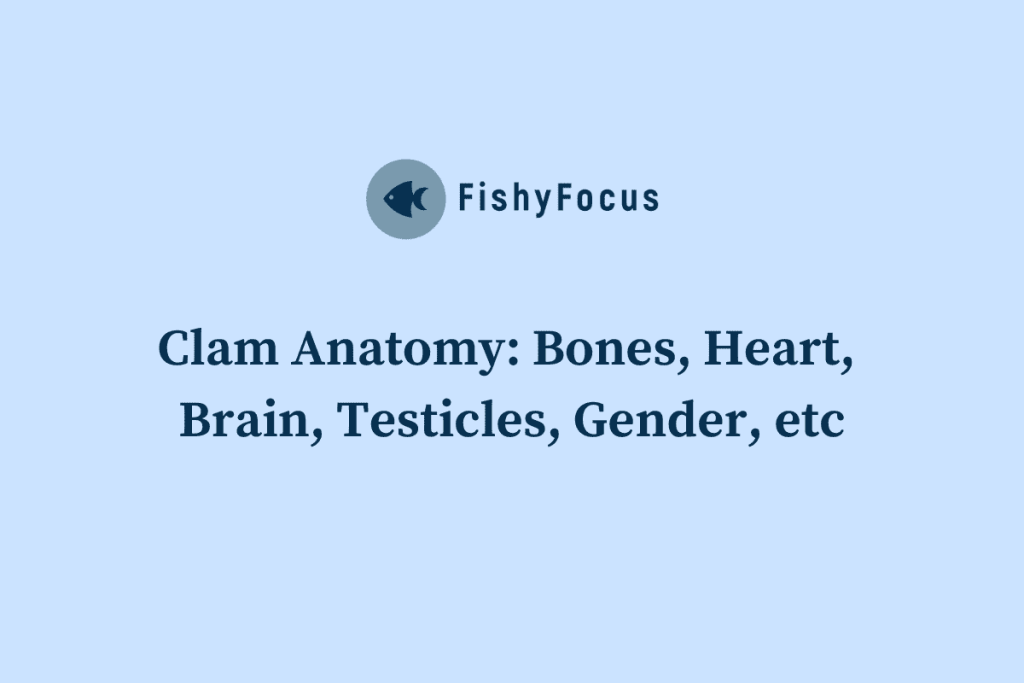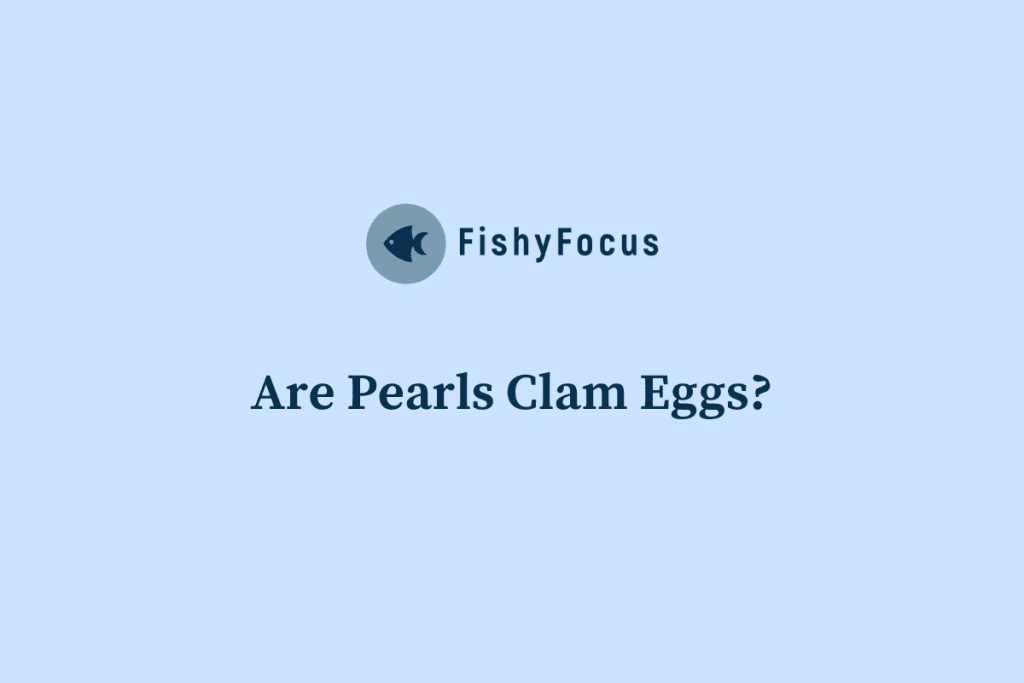Canned clams are a versatile and nutritious food that often goes overlooked. These little shellfish are packed with vitamins, minerals, and protein, making them a great addition to any diet. In this article, we will explore the nutritional value of canned clams, their health benefits, and how they compare to fresh clams. We will also discuss any potential risks or side effects of consuming canned clams, as well as how they are processed and preserved. By the end of this article, you will have a better understanding of why canned clams should be a staple in your pantry.
Key Takeaways
- Canned clams are a good source of protein and omega-3 fatty acids.
- They are also high in sodium, so it’s important to monitor intake.
- Canned clams have a similar nutritional value to fresh clams.
- The processing and preservation of canned clams can lead to risks and side effects.
- Canned clams can be incorporated into a healthy diet as a source of iron and other nutrients.
Nutritional Value of Canned Clams
Canned clams are a nutritional powerhouse, providing a wide range of vitamins and minerals. They are particularly rich in vitamin B12, which is essential for the production of red blood cells and the proper functioning of the nervous system. Canned clams also contain significant amounts of vitamin C, which is important for immune function and collagen production.
In terms of minerals, canned clams are an excellent source of iron, zinc, and selenium. Iron is crucial for oxygen transport in the body and plays a key role in energy production. Zinc is essential for immune function, wound healing, and DNA synthesis. Selenium acts as an antioxidant and helps protect cells from damage.
Compared to other seafood and protein sources, canned clams hold their own. They contain more protein than shrimp or crab, and are comparable to salmon in terms of omega-3 fatty acid content. Canned clams are also low in fat and calories, making them a healthy choice for those watching their weight.
Health Benefits of Canned Clams
Consuming canned clams can have several potential health benefits. Studies have shown that the omega-3 fatty acids found in clams can help reduce inflammation in the body, lower blood pressure, and improve heart health. These fatty acids have also been linked to a reduced risk of certain chronic diseases, such as heart disease, stroke, and certain types of cancer.
Canned clams are also a good source of antioxidants, which help protect the body against oxidative stress and inflammation. Antioxidants have been shown to have anti-aging effects and may help reduce the risk of chronic diseases, such as Alzheimer’s disease and Parkinson’s disease.
Furthermore, the iron content in canned clams can help prevent iron deficiency anemia, a condition characterized by low levels of red blood cells and reduced oxygen-carrying capacity. Iron is also important for cognitive function and immune health.
Comparison of Canned Clams to Fresh Clams
While fresh clams are often considered superior in terms of taste and texture, canned clams have their own advantages. One major difference between the two is the nutritional value. Canned clams are typically processed shortly after being harvested, which helps preserve their nutrients. Fresh clams, on the other hand, may lose some of their nutritional value during transportation and storage.
In terms of taste, fresh clams are often preferred for their briny flavor and tender texture. However, canned clams can be just as delicious when prepared properly. They can be used in a variety of dishes, such as chowders, pasta sauces, and seafood stews.
Risks and Side Effects of Eating Canned Clams
While canned clams offer numerous health benefits, there are some potential risks and side effects to be aware of. One concern is the sodium content in canned clams. Many brands add salt or other preservatives to enhance flavor and extend shelf life. This can be problematic for individuals with high blood pressure or those who need to limit their sodium intake.
Another potential risk is the presence of harmful bacteria or toxins in canned clams. It is important to choose reputable brands that follow strict safety guidelines during processing and canning. It is also recommended to thoroughly cook canned clams before consuming them to reduce the risk of foodborne illness.
How Canned Clams are Processed and Preserved
Canned clams undergo a specific process to ensure their safety and longevity. After being harvested, the clams are cleaned and shucked, removing the shells. They are then cooked and canned in a liquid, which may be water, broth, or a combination of both. The cans are sealed and heated to kill any bacteria or microorganisms that may be present.
To preserve the clams, some brands may add salt or other preservatives to the canning liquid. This helps prevent spoilage and extends the shelf life of the product. It is important to read the labels and choose brands that use minimal additives and preservatives.
Canned Clams as a Source of Protein
Protein is an essential nutrient that plays a crucial role in building and repairing tissues, producing enzymes and hormones, and supporting immune function. Canned clams are an excellent source of protein, providing about 20 grams per 3-ounce serving. This makes them a great option for individuals following a vegetarian or vegan diet, as well as those looking to increase their protein intake.
Compared to other protein sources, canned clams hold their own. They contain more protein than shrimp or crab, and are comparable to salmon in terms of protein content. Canned clams are also low in fat and calories, making them a healthy choice for those watching their weight.
Canned Clams and Omega-3 Fatty Acids
Omega-3 fatty acids are a type of polyunsaturated fat that have been shown to have numerous health benefits. They are particularly important for brain health, heart health, and reducing inflammation in the body. Canned clams are a good source of omega-3s, providing about 500 milligrams per 3-ounce serving.
The omega-3 fatty acids found in clams are primarily in the form of EPA (eicosapentaenoic acid) and DHA (docosahexaenoic acid), which are the most biologically active forms. These fatty acids have been shown to reduce the risk of heart disease, lower blood pressure, and improve cognitive function.
Canned Clams and Sodium Content
One potential downside of canned clams is their sodium content. Many brands add salt or other preservatives to enhance flavor and extend shelf life. This can be problematic for individuals with high blood pressure or those who need to limit their sodium intake.
It is important to read the labels and choose brands that use minimal additives and preservatives. Some brands offer low-sodium options, which can be a better choice for those watching their sodium intake. It is also recommended to rinse canned clams before using them in recipes to reduce the sodium content.
Canned Clams and Iron Content
Iron is an essential mineral that plays a crucial role in oxygen transport, energy production, and immune function. Canned clams are an excellent source of iron, providing about 24 milligrams per 3-ounce serving. This makes them a great option for individuals at risk of iron deficiency or those looking to increase their iron intake.
Iron from animal sources, such as clams, is more easily absorbed by the body compared to iron from plant sources. This is known as heme iron, and it is found in higher amounts in animal products. Consuming canned clams can help prevent iron deficiency anemia, a condition characterized by low levels of red blood cells and reduced oxygen-carrying capacity.
Incorporating Canned Clams into a Healthy Diet
There are many ways to incorporate canned clams into a healthy diet. They can be used in a variety of dishes, such as chowders, pasta sauces, and seafood stews. Here are some tips for incorporating canned clams into your meals:
1. Add them to soups and stews: Canned clams can add a rich and savory flavor to soups and stews. Try adding them to a classic clam chowder or a tomato-based seafood stew.
2. Make a pasta sauce: Canned clams can be used to make a delicious and flavorful pasta sauce. Sauté some garlic and onions in olive oil, then add the clams, some diced tomatoes, and your favorite herbs and spices. Serve over cooked pasta for a quick and easy meal.
3. Create a seafood salad: Mix canned clams with other seafood, such as shrimp or crab, to make a refreshing seafood salad. Add some diced vegetables, like celery and bell peppers, and dress with lemon juice and olive oil.
4. Top a pizza: For a unique twist on pizza, top your favorite crust with canned clams, garlic, mozzarella cheese, and fresh herbs. Bake until the cheese is melted and bubbly for a delicious seafood pizza.
Canned clams are a nutritious and versatile food that often goes overlooked. They are packed with vitamins, minerals, protein, and omega-3 fatty acids, making them a great addition to any diet. While fresh clams may be preferred for their taste and texture, canned clams offer convenience and a longer shelf life.
When choosing canned clams, it is important to read the labels and choose brands that use minimal additives and preservatives. Some brands offer low-sodium options, which can be a better choice for those watching their sodium intake. It is also recommended to thoroughly cook canned clams before consuming them to reduce the risk of foodborne illness.
Incorporating canned clams into your meals is easy and delicious. They can be used in a variety of dishes, such as soups, stews, pasta sauces, and seafood salads. By adding canned clams to your diet, you can enjoy their bursty flavor and reap the nutritional benefits they have to offer.
FAQs
What are canned clams?
Canned clams are clams that have been cooked, shucked, and preserved in a can with water or broth.
Are canned clams good for you?
Canned clams can be a good source of protein, iron, and vitamin B12. However, they can also be high in sodium, so it is important to check the label and choose low-sodium options.
How many calories are in canned clams?
The number of calories in canned clams can vary depending on the brand and preparation method. On average, a 3-ounce serving of canned clams contains around 70-80 calories.
What are the health benefits of canned clams?
Canned clams are a good source of protein, iron, and vitamin B12. They can also be low in fat and high in omega-3 fatty acids, which can help reduce inflammation and improve heart health.
Can canned clams be harmful?
Canned clams can be high in sodium, which can be harmful for people with high blood pressure or other health conditions. They can also contain small amounts of mercury, so it is important to limit consumption and choose low-mercury options.
How should canned clams be prepared?
Canned clams can be used in a variety of recipes, such as chowders, pasta dishes, and salads. They should be drained and rinsed before use to remove any excess sodium or preservatives.



